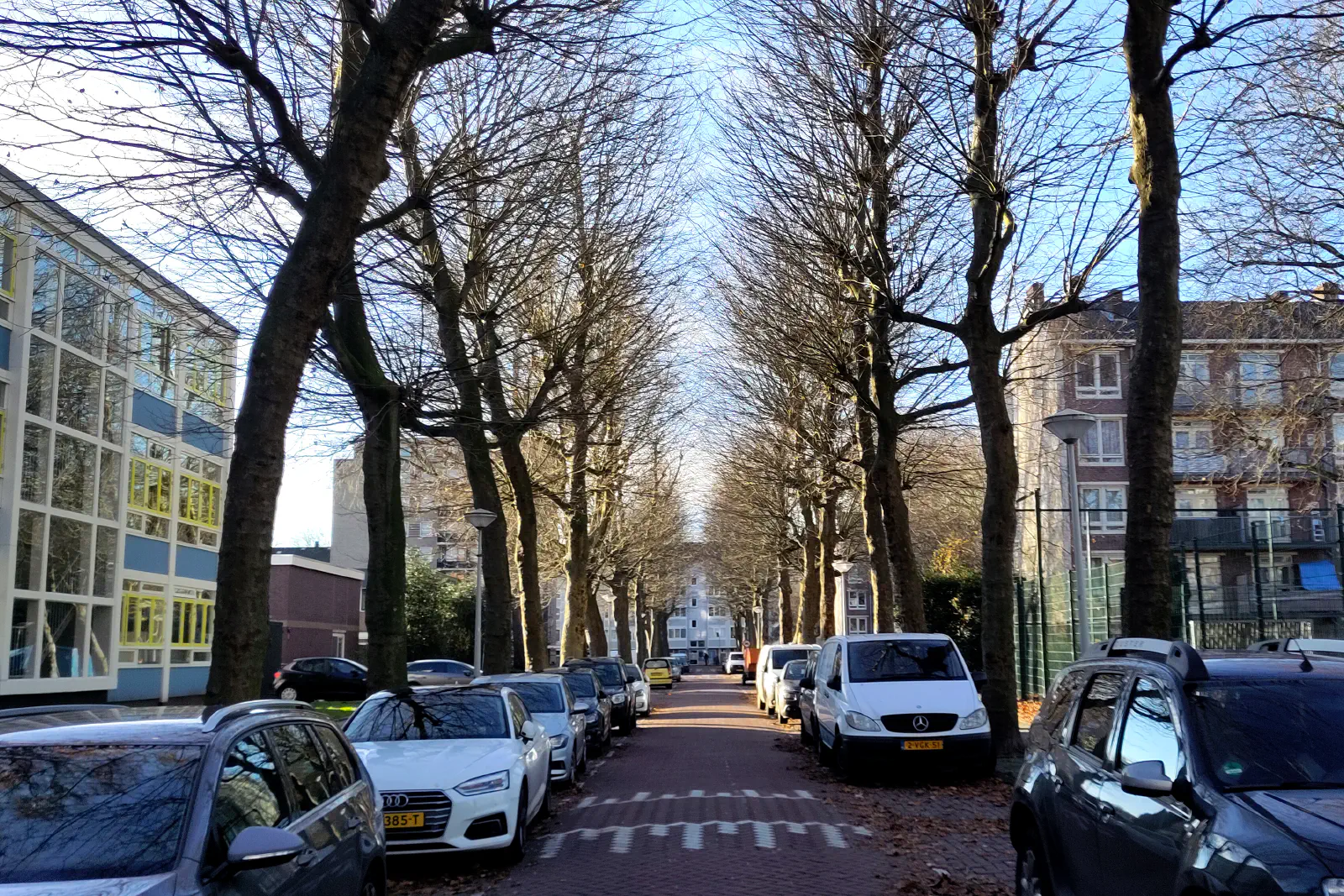
The demolition of social housing in the Netherlands
In numerous Western cities today, a severe housing crisis plagues us. The housing precariat – renters who can no longer afford their rent – is on the rise (Köppe 2017). As a result, there is an alarming increase in various forms of expulsions (Sassen 2014). These expulsions include evictions from one’s home, the expulsion of the less fortunate from welfare systems, and the removal of migrants from their host countries. These are all distressing symptoms of a struggling capitalist housing market.
Amsterdam is no exception to this trend. Amsterdam faces a substantial housing affordability crisis. Over the last three decades, surging housing costs have forced middle- and low-income households to relocate outside the city while homelessness rates have increased (Hochstenbach 2022). Surprisingly, withing this context, the share of social housing declined by almost 15% in the last decade - from 61% in 2012 to 47% in 20212 - primarily because of the sale of social housing in affluent central neighbourhoods on the private market.
More recently, less prosperous areas such as Nieuw-West have been chosen as strategic sites for experimenting with solutions to housing affordability and sustainability challenges. With the goal of addressing these challenges Nieuw-West is undergoing extensive redevelopment whereby several buildings from social housing corporations are scheduled to be demolished and (partly) rebuilt. On the one hand, the national masterplan for Nieuw-West aims to improve the area’s livability and safety by creating affordable, high-quality, and mixed-income social housing. On the other hand, the ‘Warm Amsterdam’ project, initiated by the municipality and social housing corporations seeks to achieve a natural gas-free status by 2040. However, these efforts, in practice, often involve displacing residents without a guaranteed return.
The demolition of social housing to develop urban neighbourhoods appears to be a new trend, which is counterintuitive considering the growing demand for social housing on the one hand and the decreasing availability of social housing on the other hand. The initiatives undertaken in the name of a more sustainable future are often perceived as a costly threat to the housing situation of current residents. This trend is even more puzzling as social housing is supposed to be a last resort for those who no longer can afford private rental options. As a result, social housing residents risk ending up without a roof over their head and housing affordability becomes further jeopardized.
REFERENCES
Hochstenbach, Cody. 2022. Uitgewoond. Waarom het hoog tijd wordt voor een nieuwe woonpolitiek. Das Mag Uitgeverij.
Köppe, Stephan. 2017. Britain’s new housing precariat: housing wealth pathways out of homeownership. International Journal of Housing Policy 17 (2), 177-200.
Sassen, Saskia. 2014. Expulsions. Brutality and complexity in the global economy. Cambridge: Harvard University Press.


